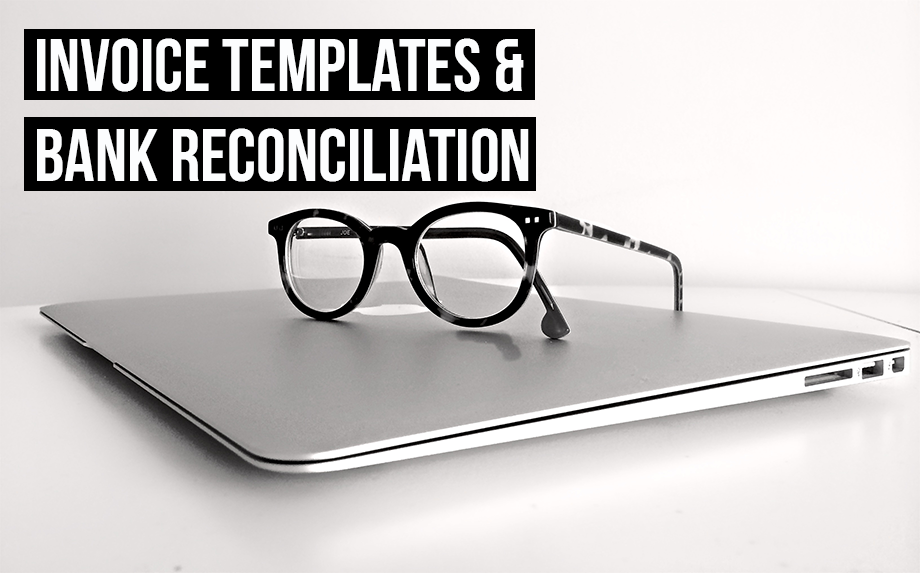An invoice created in an invoicing & accounting program offers options that take you beyond simple traditional invoicing in the sense of providing legal, professional-looking invoices to your customers.
Of these options, one that can take your invoicing to the next level is an easy foray into the world of accounting, is the option to match your invoices and expenses with the payments in your bank account.
This is known as bank reconciliation. And at this point many entrepreneurs just getting started will start quietly backing away, thanks to the accounting-heavy terms.

But don’t let it scare you. While bank reconciliation is a backbone of accounting, it essentially boils down to a simple central task: matching. So it need not be a tedious, time-consuming task that must be undertaken by an accounting professional. In our opinion.
Bank reconciliation and your invoice template
Companies typically record their cash flow by entering incoming and outgoing amounts in a book and then comparing this with the financial movements of their bank account. That’s a rough description of bank reconciliation.
Bank reconciliation is useful because it allows a business to stay on top of its finances and maintain an understanding of its financial health. If you’re interested in the specifics, we suggest taking a look at our accounting dictionary.
What it comes down to is that your invoice template allows you to create invoices to get paid. These payments should then be a part of your bank reconciliation.
Making bank reconciliation simple
While the above has described how the bank reconciliation should not be looked upon with dread, we’d be remiss to say that it can’t also be an onerous and unrewarding task. Which is why with Debitoor invoicing software, we decided to make the process as painless as possible. Read: automatic.
Here’s how easy it is with Debitoor:
- In your ‘Banking’ tab, you can create a new bank account or, from an existing account you’ve added, upload a new bank statement.
- Once your document is uploaded, it automatically matches each income or expense with the corresponding invoice or payment in your account.
- If one payment corresponds to multiple invoices, then you will need to take a minute or two to click them into place. Which can be done either from the payment or from the invoice or expense in a matter of moments.
So what does all this have to do with your invoice template? Well, that’s where it all starts. It provides you with the professional basis to create invoices and get paid fast, creating the bridge to the accounting side of running a business (but sparing you the headache that can often come along with it!).
